Plant photos help conserve biodiversity
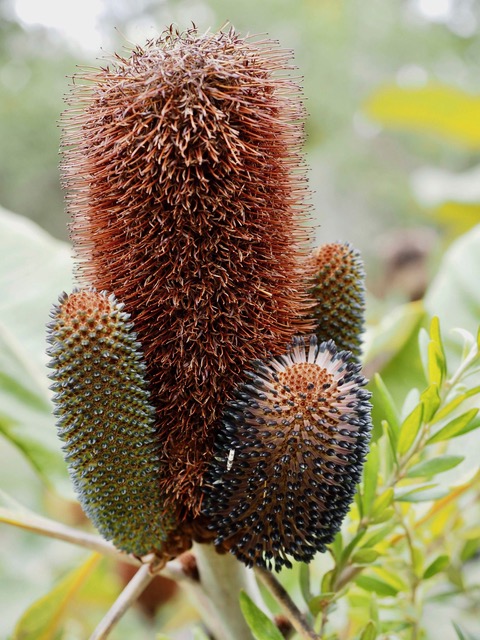
Nearly 20 % of Australian vascular plants have no verifiable photograph held in common online databases. This lack of photographics makes it difficult to identify certain plants and prevents us from monitoring populations of plants that may be at risk. Improving the photographic coverage of Australian plants will help remedy this and increase our ability to maintain biodiversity. Citizen scientists with a smartphone and some sympathy for plants that lack charisma can play an important role in filling gaps in the photographic record of Australian flora.
Botanical Vampires! Parasitic and Carnivorous Plants in Hawkesbury Sandstone Vegetation
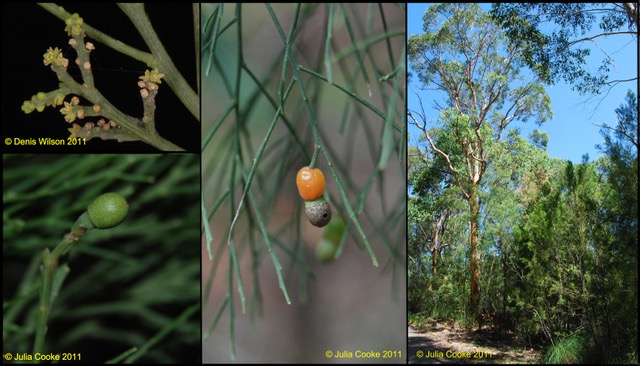
In Hawkesbury Sandstone vegetation a range of parasitic and carnivorous plants can be found. Does it surprise you to know that you could find more than ten different species? Many of these plants can be hard to find: some are ephemeral (short-lived); some very small; a few grow high in the branches of trees; and others are rare.
How did Eucalypts get their name?
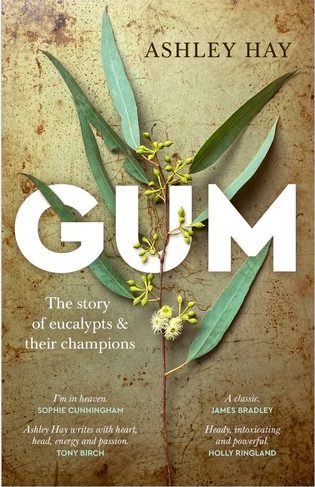
“I knew the derivation of Eucalyptus was derived from the Ancient Greek words “eu” meaning “good,” “well,” “true,” “beautiful,” or “very,” and “kalyptus” meaning “cover,” “conceal,” or “hide,” referring to the operculum, which is a cap-like structure covering the flower buds.” Inspired by Ashley Hay’s book – ‘GUM’
Australian native plants in other countries
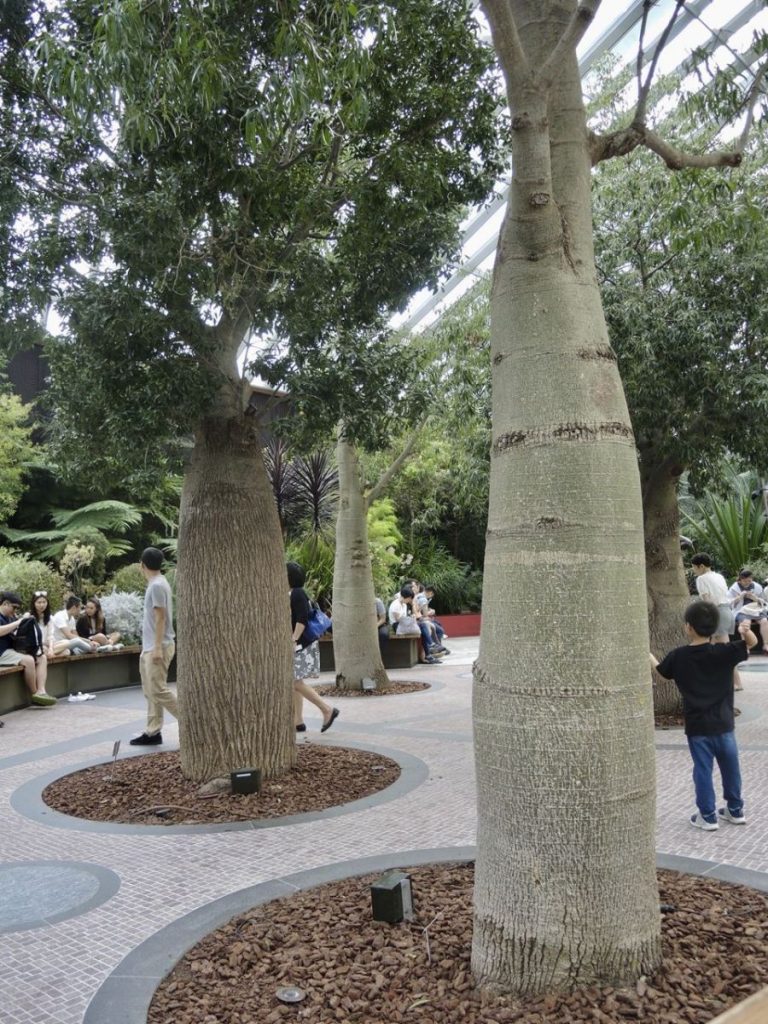
Lawrie Smith is the leader of the Garden Design Study Group shares photos of some of the Australian collections he’s found in other countries. Stunning images, for our enjoyment. Thanks Lawrie.
Book Review: South Coast Ferns. A complete guide to the ferns and fern allies of the NSW South Coast
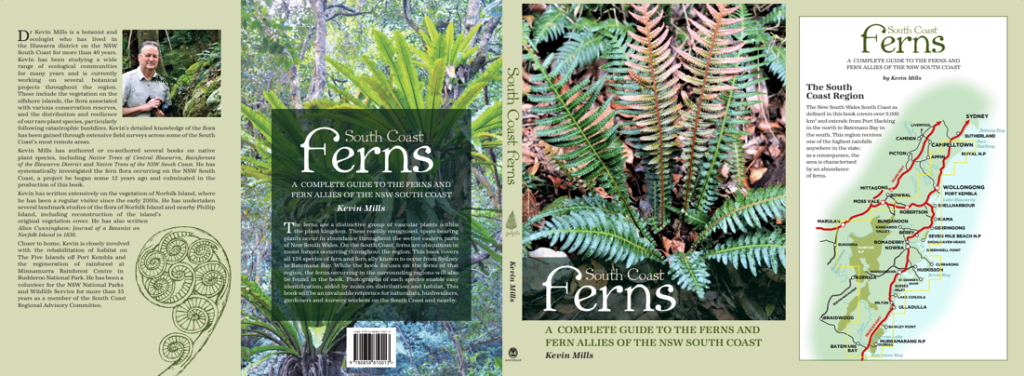
Dr Kevin Mills has produced a comprehensive catalogue of the Polypodiophyta (Pteridophyte) flora of the New South Wales south coast, yet at the same time has also produced an exemplary field guide
Ample acacias
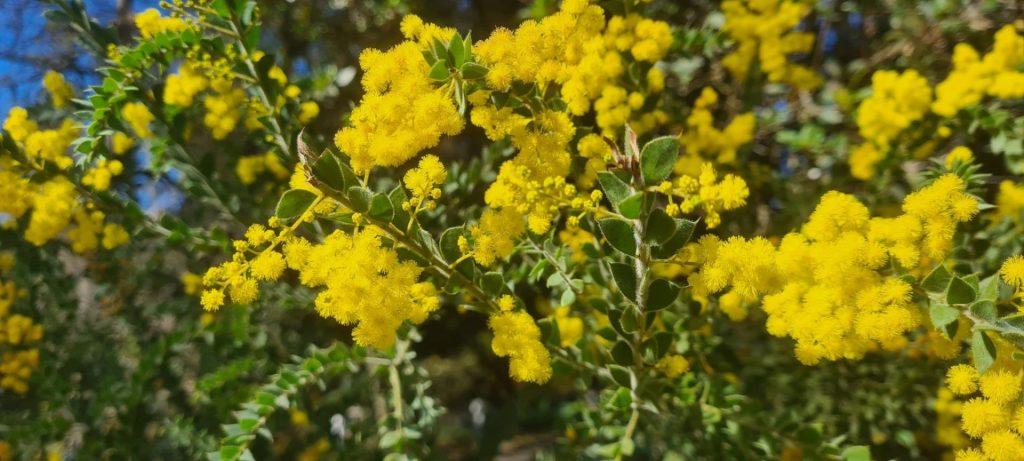
Member Walter Stanish has shared with us images of his residential garden wattle season in Thornleigh, by the Great North Walk.
The world of Waratahs

Many Waratahs have regrown from their underground lignotubers, which allows the plant to produce lots of vegetative growth after bushfire.
Dendrobium speciosum: My Experiences Growing Rock Orchids.
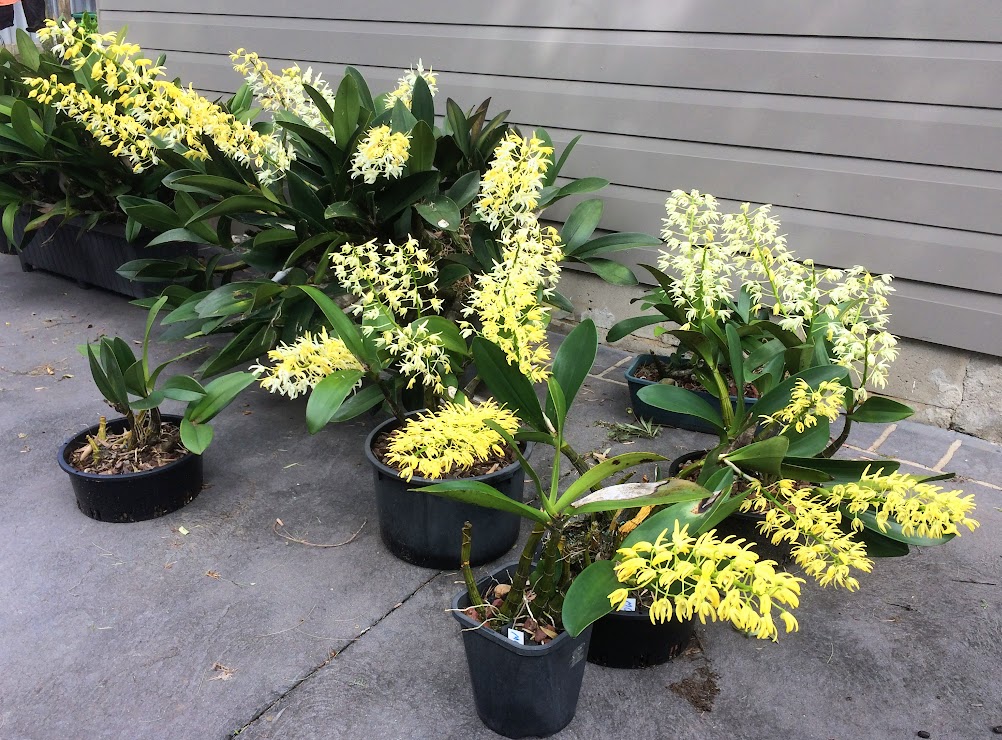
I grew up in Sydney with a clump of neglected “Rock Lilies” in our suburban garden. Despite little attention they survived and flowered profusely each spring and were even used in my aunt’s wedding bouquet.
A different sort of reason for botanical name changes
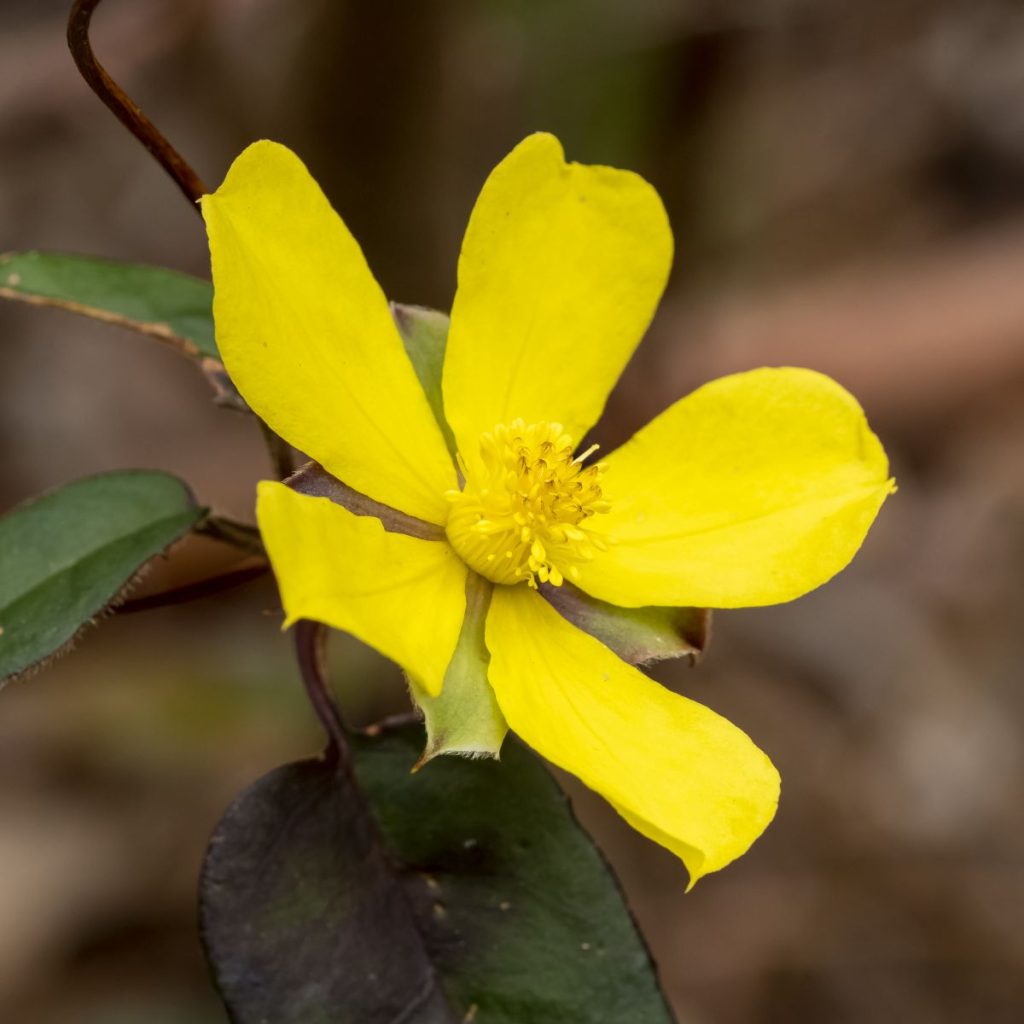
This article is to inform members of a ‘process-in-motion’ that I have heard and read about sporadically lately. It regards proposed changes to botanical names, where the naming may be now thought socially inappropriate or even offensive in today’s social, cultural and political landscapes.
NSW Region Get Together – Southern Highlands, November 2022
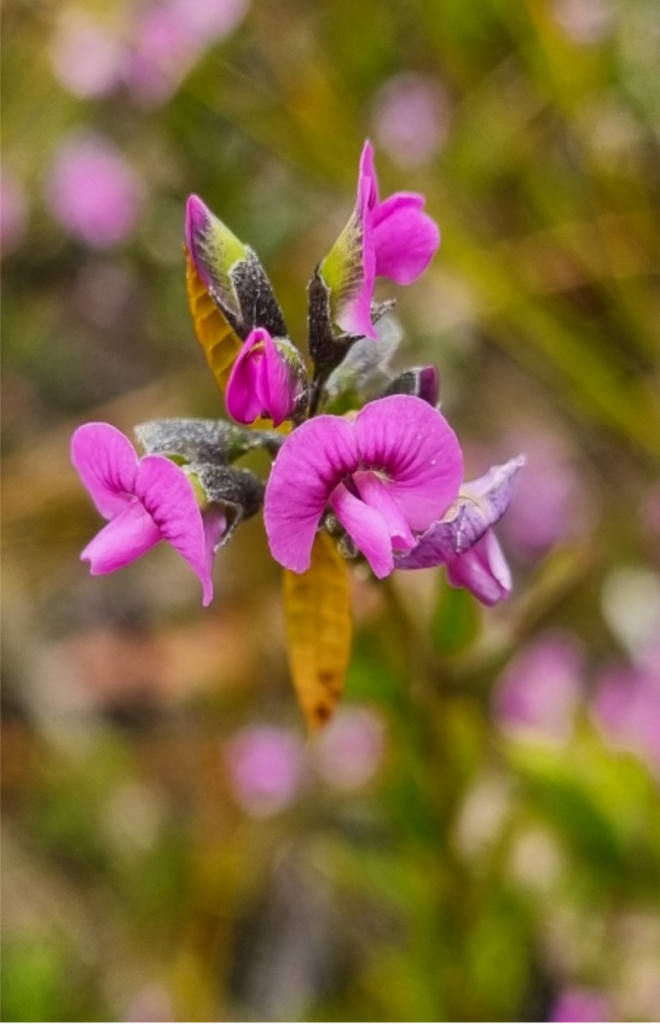
This was the first Region Get Together since the COVID Lockdowns and everyone seemed very happy to be seeing each other again.
Ferns of the Southern Sydney Basin
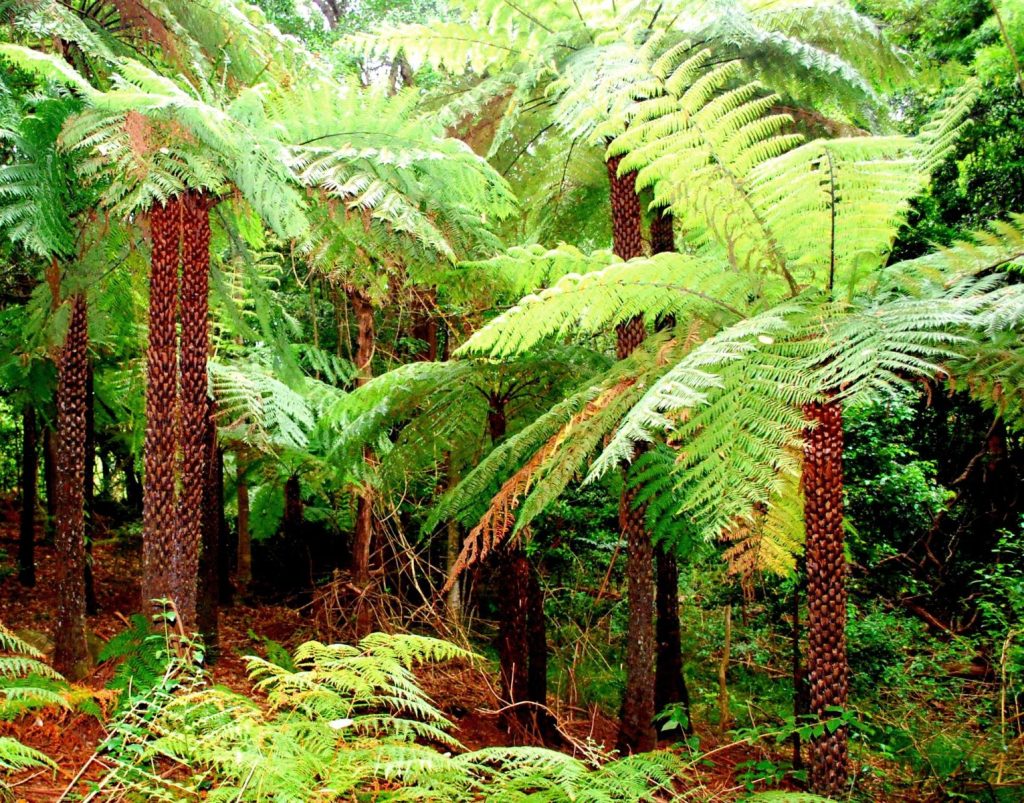
Ferns are a distinct group of vascular plants and have been around for about 360 million years. Those early forests of fern ancestors produced the coal that we so rely upon today
Learning About Native Plants – A ‘Hands On’ Approach
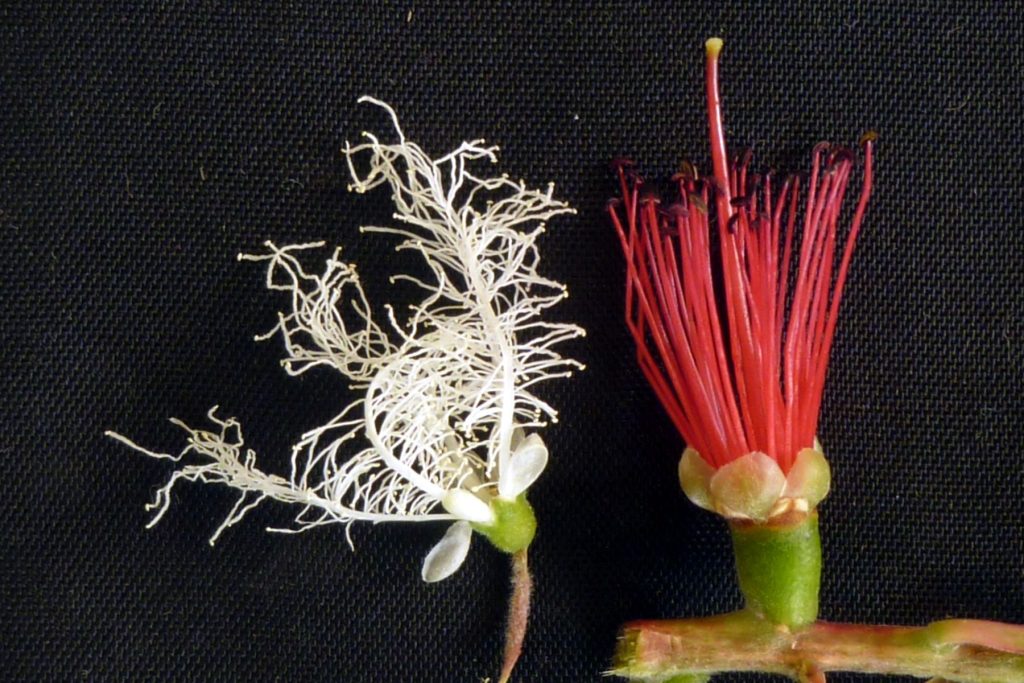
For over 30 years, the North Shore Group of APS has been running a program to introduce people to the incredible range of native plants in its local Sydney region. Called the ‘Walks & Talks’ program…
Pea flowers of the Georges River National Park
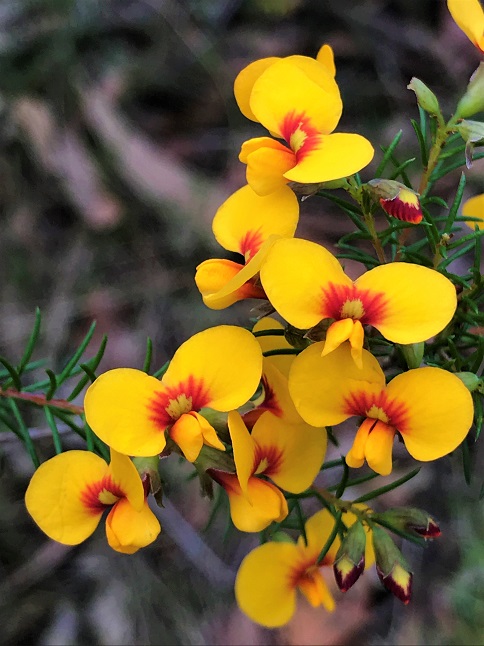
Harbour Georges River Group member Karlo Taliana regularly walks around the Picnic Point area of Georges River National Park in southern Sydney which has great general flora diversity. Each year, our local pea flowers decorate the bush with a variety of colours while also providing a valuable food source for insects.
Identifying native plants – tips and resources
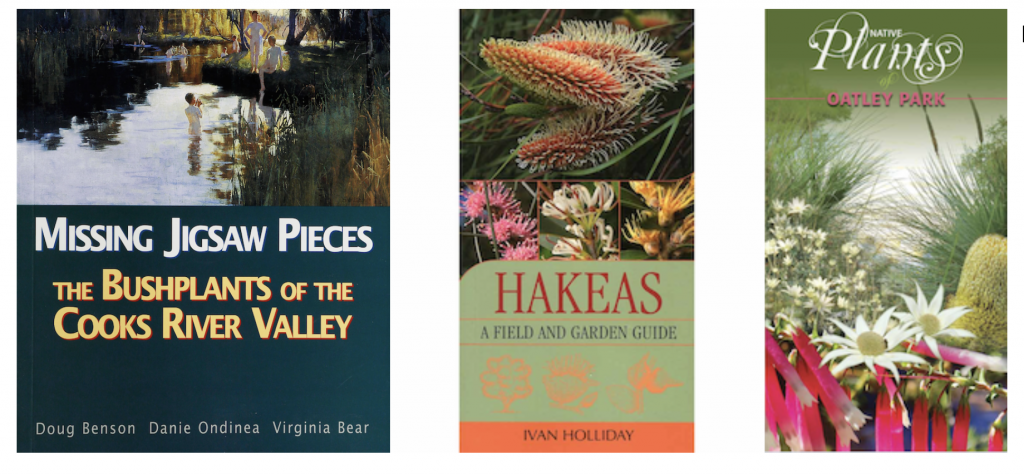
The following report is based on Rhonda’s talk to APS Sutherland Group in June 2022, and first appeared in the APS Sutherland Group July 2022 newsletter.
Grevilleas for pots and small gardens – talk by Peter Olde
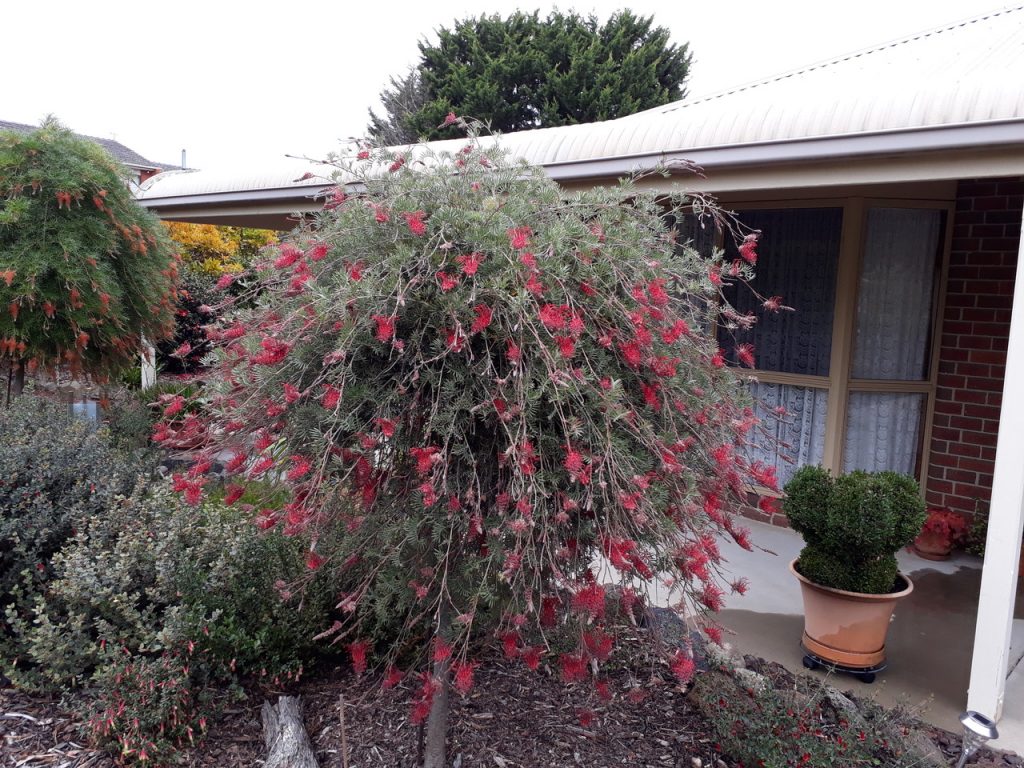
On Sat 21st May, 2022 at the APS NSW quarterly gathering, Peter Olde gave a talk titled: Grevilleas for pots and small gardens.
Study Group Updates: Feb – May 2022
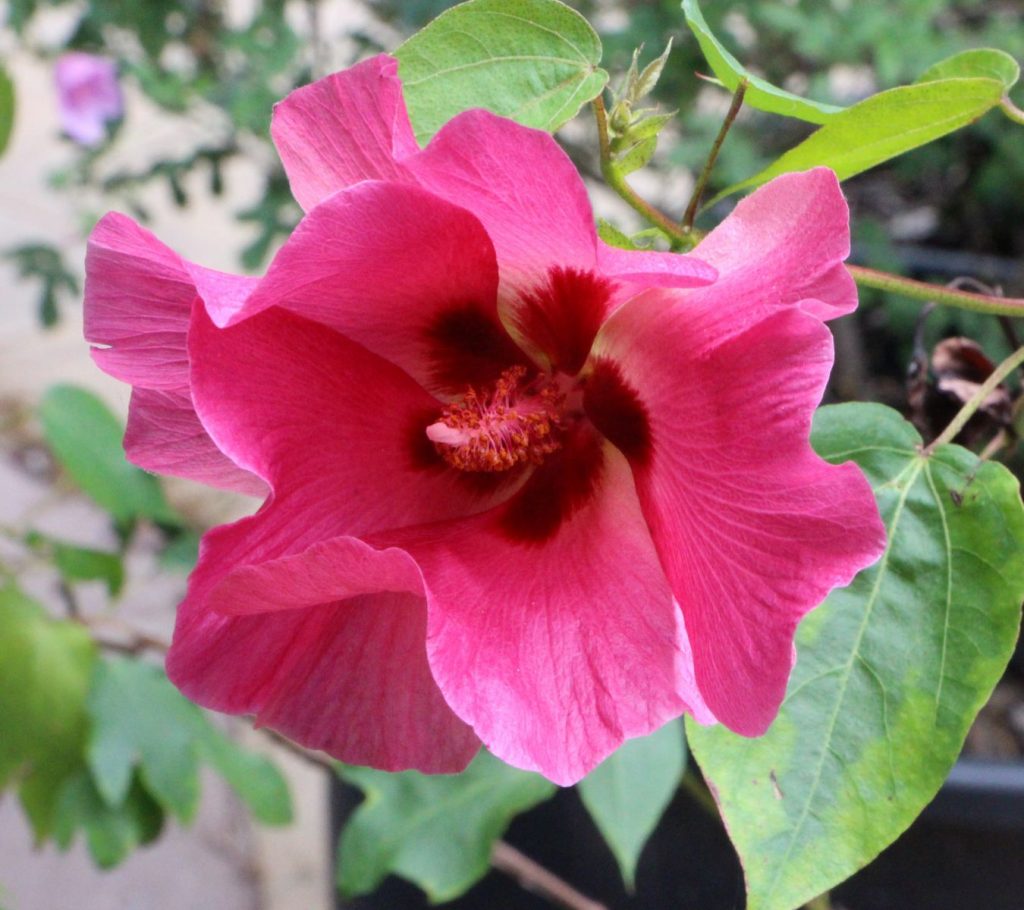
Study group updates from the following groups: Australian Plants for Containers, Ferns, Garden Design, Grevillea, Hakea, Isopogon and Petrophile and Wallum and Coastal Heathland.
Australian plants from the Eocene era of the Miocene
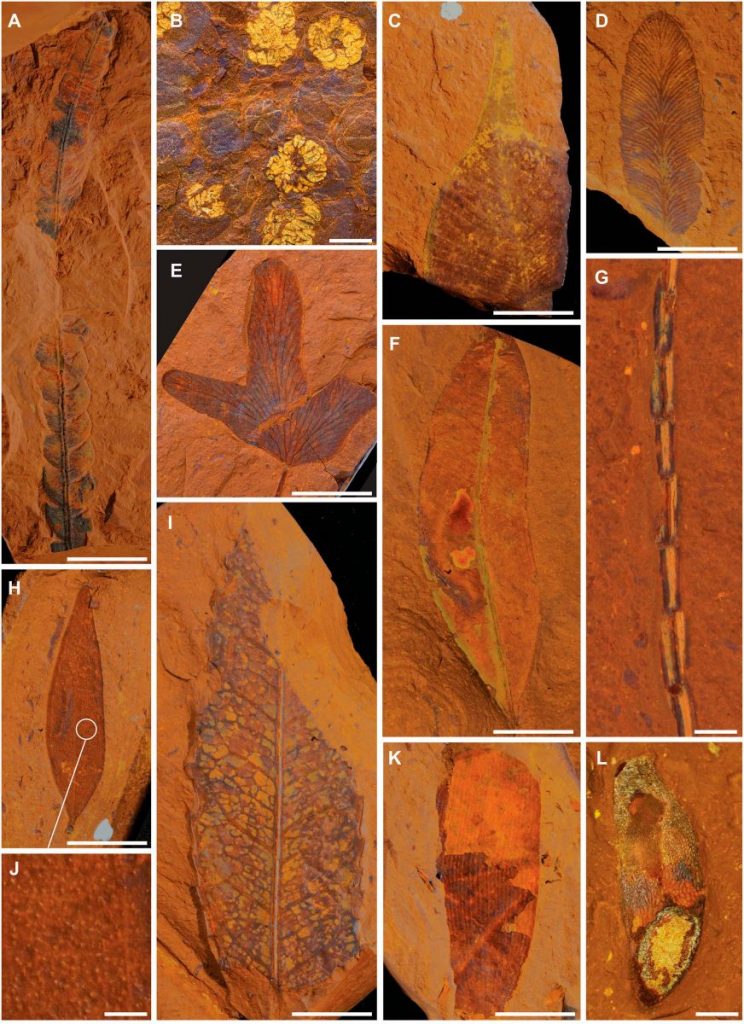
It is a rare event when a whole suite of ancient Australian plants is discovered in one place. This recently occurred in ironstone slabs left lying in a field after agriculture at McGraths Flat in the Central Tablelands of New South Wales
Keeping up with plant name changes
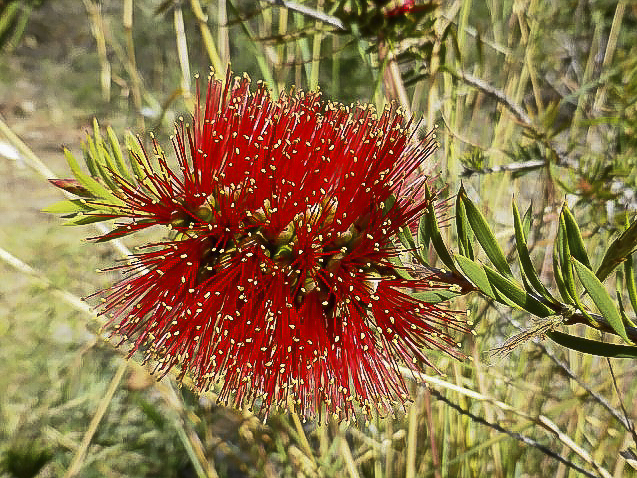
Understanding the constant state of change in plant names – it does make sense
Can you identify this?
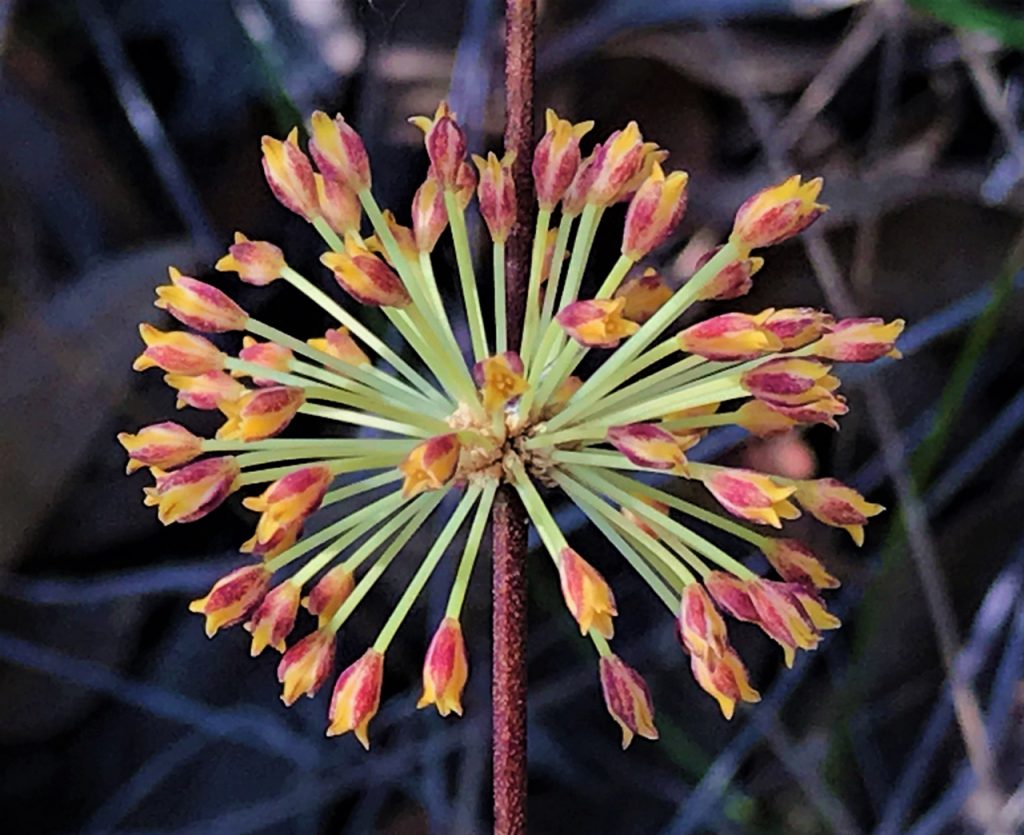
Can you recognise this local native plant ? This is a stunning picture from Karlo Taliana of East Hills Group and features in our latest plant ID video on our YouTube channel. Go check it out. https://youtu.be/RkbGOqidBvo
Demystifying Plant Names with Dr Rhonda Daniels May 2020

Demystifying Plant Names with Dr Rhonda Daniels May 2020
Demystifying native plant names – an introduction
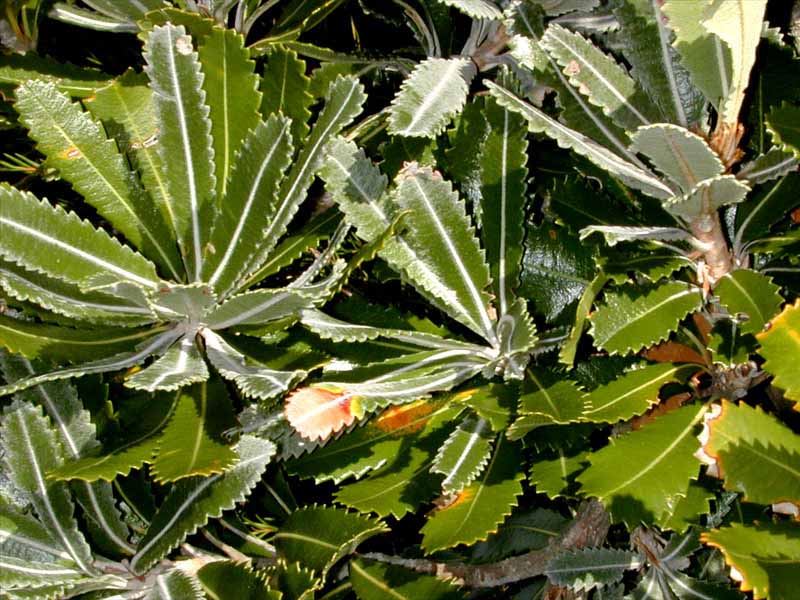
Botanical names can seem initially confronting but it all makes sense when you understand the origins of the names. Many species names relate to a feature or characteristics of the plant such as the flower, leaf, fruit, seed, bark, size, shape, colour, texture, habit or habitat. Other plants are named after people or places.
Growing Illawarra Natives website
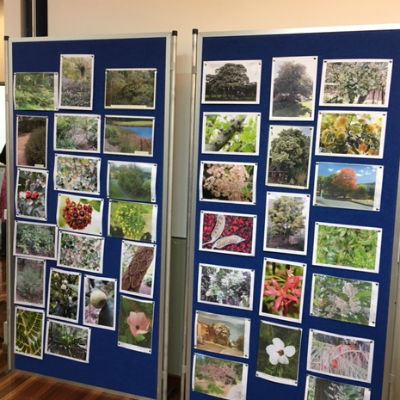
The Growing Illawarra Natives website showcases native plant species local to the Illawarra to encourage greater appreciation and cultivation of native plant species in the Illawarra. The area has a rich diversity of plant communities with over 850 indigenous plant species, many of great value in cultivation.
Book: Dictionary of Botanical Names by Don Perrin (2018)
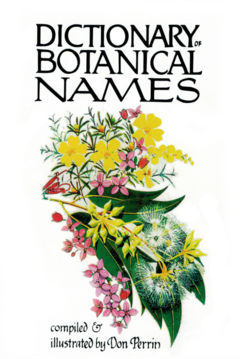
Dictionary of Botanical Names by the late Don Perrin is an updated edition of Don’s earlier book on the derivations of Australian plant names, now with 4,500 entries.
